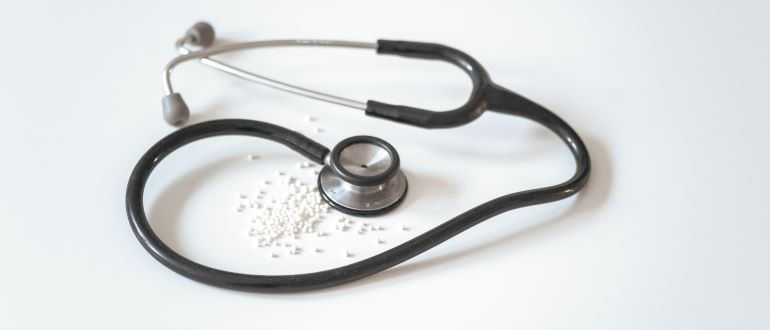
The integration of artificial intelligence (AI) into outpatient ambulatory centers represents a transformative shift in the medical profession. This technological advancement not only expedites the enrollment process for clinical studies but also holds the potential to significantly improve patient outcomes by facilitating quicker access to novel therapies.
As health care continues to embrace AI, outpatient centers are poised to play a crucial role in harnessing the benefits of these innovations for the benefit of both patients and medical professionals.
AI-powered disease detection and intelligent care coordination specialist Viz.ai recently announced its own expansion into outpatient ambulatory centers.
The company partnered with Amavita Heart and Vascular Health in Miami-Dade County to enhance clinical trial recruitment for a global biopharma-sponsored heart failure study.
Viz.ai’s expansion into outpatient clinics offers access to their AI-driven platform, Recruit, aiding in patient identification and recruitment for clinical research. The platform integrates with health care IT systems of record (e.g., electronic health records, core labs) to simplify the screening process.
Recruit identifies eligible clinical trial candidates at the point of care and connects the research team to accelerate clinical trial enrollment in a secure, compliant mobile and desktop application.
The platform can be customized to your specific inclusion and exclusion criteria to pre-screen trial-eligible patients.
Viz’ cloud-based technology enables patient identification to expand beyond hub centers to community and rural spoke centers, broadening the recruitment funnel in both size and diversity.
Jayme Strauss, chief clinical officer at Viz.ai, explains by identifying patients in the outpatient setting before a patient is hospitalized, the platform can aid access to early treatment and potentially helping to reduce overall costs for heart failure.
“Our expansion into outpatient clinics allows both ambulatory and hospital-based research sites to access Recruit to aid with patient identification and patient recruitment for clinical research,” she says. “With 80% of clinical studies failing to meet their enrollment timeline target, reducing time in patient screening and identification can help get novel therapies to patients sooner.”
She points out the annual cost of caring for a patient with heart failure is near $30,000 in the U.S., with U.S. heart failure costs expected to reach at least $70 billion per year by 2030.
“The total cost of caring for patients with heart failure reaching $160 billion,” she explains. “Most of this cost comes from inpatient care.”
Wes Cronkite, chief technology and innovation officer at health care solutions specialist CPSI, says he is seeing AI technology starting to help healthcare professionals in terms of patient screening and ID by leveraging the power of machine learning to improve accuracy of the historically manual and poorly validated aspects of this process.
“By training AI to identify outliers or source information from the technology itself and not relying on manual data entry or transcription of information provided by patients, there can be better quality assurance against these key data points during or optimally before a care event,” he says.
He adds the major hurdles to deeper integration of AI primarily surround the access to data to train these models and ensuring that data is accessible to AI models in a secure way.
“This creates a dependency on technology vendors to provide that data,” he explains. “Even with the recent rapid advancements in AI usage and availability, I still feel for an industry like health care we are in the second inning of value creation.”
Cronkite says one of the opportunities he sees as achievable in the near term would be to leverage predictive modeling and AI to help train and inform staff both administrative and clinical on what may occur with a patient throughout their journey.
“I think of it as a guiding light, but not yet as something to trust to make final decisions,” he says.


